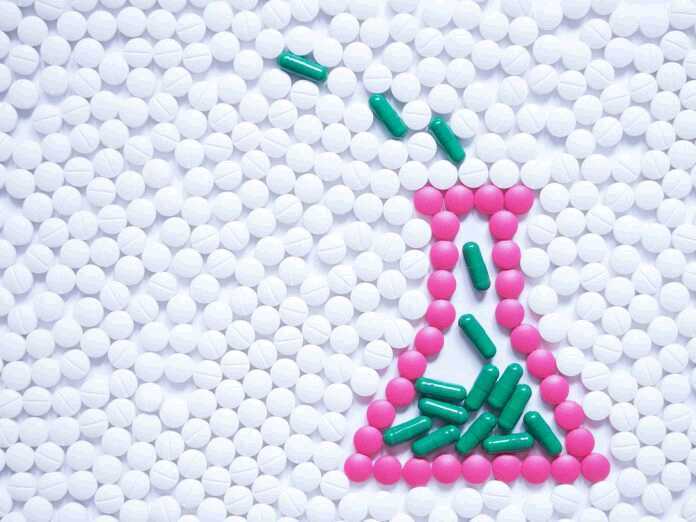
There’s a new kid in town. And she’s tough. We call her Polly (not her real name). She’s a polymer, she’s synthetic, and she’s our new best friend.
The thing about Polly is, she hits those superbugs like a freight train. And they never know what hit them. She’s a superbug-killing antibiotic machine.
The Researchers
James Hedrick is a scientist with IBM’s Almaden Research Laboratory. He and his team, collaborating with the team at the Institute of Bioengineering and Nanotechnology in Singapore, developed a superbug-killing antibiotic.
What’s a Superbug?
It’s a bacterium that’s become antibiotic resistant. So, to simplify, let’s say there’s a bacterium (“Bugsy”) and only three antibiotics (#1, #2, and #3). Here’s how it goes:
- The “Host” gets Bugsy. The doctor prescribes #1.
- #1 wipes out most of Bugsy, but a few little Bugsies, the tough ones, are still alive after the Host is finished with #1.
- The tough Bugsies stay quiet while they’re busy reproducing their tough little selves. Then Tough Bugsy pops up again.
- The doctor tries #1, but this is tough Bugsy. So the doctor tries #2. Most of the Tough Bugsies die off, but a few don’t. They’re Really Tough Bugsies.
- Same thing – quiet, then Really Tough Bugsy pops up.
- So #1 is no go. #2, nope. #3 – that’s all you’ve got.
- And when the same thing happens again, you’re left with Super Bugsy and no antibiotics.
So What Do We Do?
Well, the collaborators from IBM and IBN developed a superbug-killing antibiotic. And here’s what’s so great:
- It kills five of the most notorious superbugs,
- It doesn’t make the superbugs explode, so it’s a quiet kill,
- It disappears from your body in a few days,
- And best of all, the superbugs don’t have time to mutate. This synthetic polymer takes them out so fast that no resistant little Bugsies remain.





























